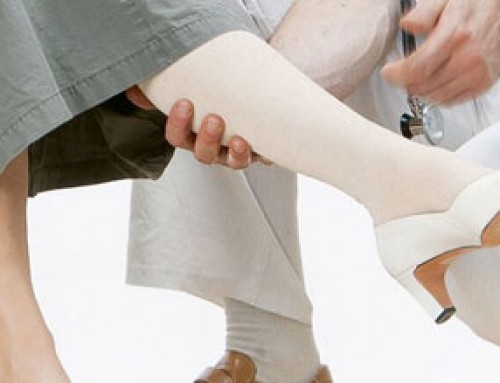What You Should Know About Lymphedema
If you have had mastectomy, lumpectomy, radiation treatment, lymph node removal, surgeries, infections or trauma to the limbs – you may be at risk of developing lymphedema. Or perhaps you or your family member were diagnosed at birth, during childhood or early adulthood with lymphedema – this information will help understand what lymphedema is and how it can be managed.
Our lymphatic system plays a large role in immune function and circulation. Functions of that system are to gather liquids and proteins from tissues; remove wastes, bacteria, viruses and dead cells; assist immune system to maintains clean environment. When lymph vessels are unable to transport fluids back into circulation, it accumulates, resulting in swelling. If left untreated it may lead to hardening of the skin tissue. Once this condition occurs, the swelling may increase if effective treatment program is not initiated.
Treatment of Lymphedema
Since there is no cure for lymphedema, the goal of treatment is to reduce the swelling and to maintain the reduction. For a majority of patients, this can be achieved by the skillful application of Combined Decongestive Therapy (CDT), which works in 2 phases:
Phase 1 (intensive phase, 2-4 weeks) is intended to move the lymph fluids out of the affected area and reduce the swelling by manual lymph drainage (MLD) and bandaging, performed by trained MLD therapists.
Phase 2 (maintenance phase, life long) is to manage the reduced limb by specially fitted graduated compression garments, performing self-manual lymph drainage and therapeutic exercises to ensure continued success. It is important to be consistent in wearing your compression garments to keep the swelling down, improve circulation and prevent the re-accumulation of the lymph fluids. The garments must be worn every day, for life. It is important to have the garments fitted by trained and certified fitter – to ensure the garments fit properly and you can enjoy comfort, fit and flexibility while keeping swelling under control.
It is also important to wear compression garment when flying – decreased cabin pressure in the airplane puts stress on the lymphatic and circulatory systems and can increase swelling.
Compression products for lymphedema management are now available in various materials, colours, patterns, and colorful prints. Not only they provide therapeutic compression, but also match your outfit, lifestyle and fashion. So go ahead – make a style statement in good health!












